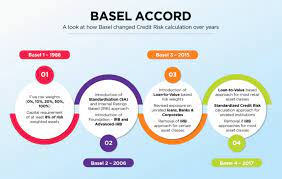29
Sep
Risk management in the context of derivatives and structured products is of paramount importance for banks and financial markets. Derivatives are financial instruments whose value is derived from an underlying asset, index, or reference rate, while structured products are complex financial instruments created by combining multiple components. Here are key aspects of risk management in the context of derivatives and structured products: Market Risk Management: Derivatives and structured products are exposed to market risk due to changes in underlying asset prices, interest rates, exchange rates, or other market variables. Banks and financial institutions manage market risk by employing risk management…









